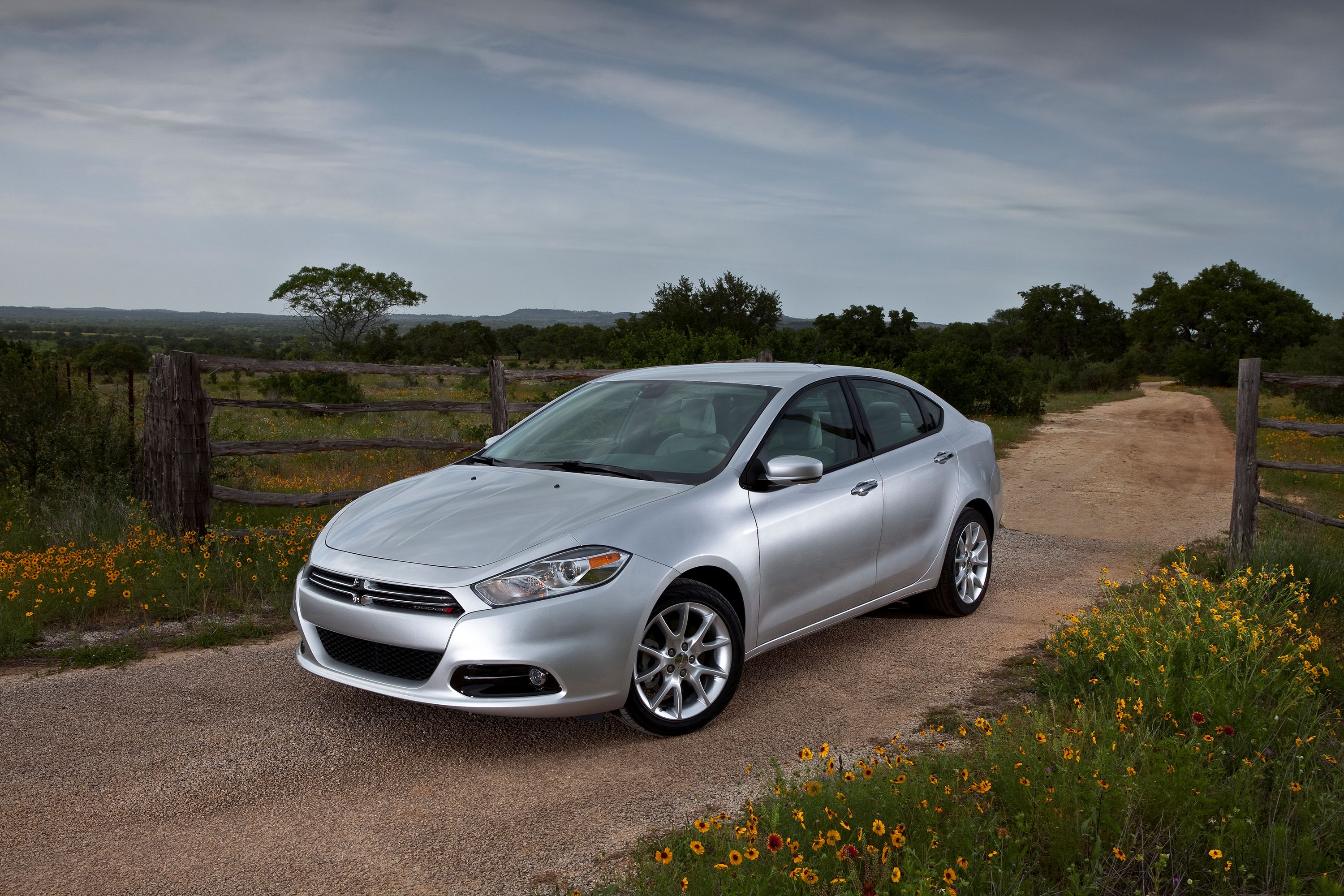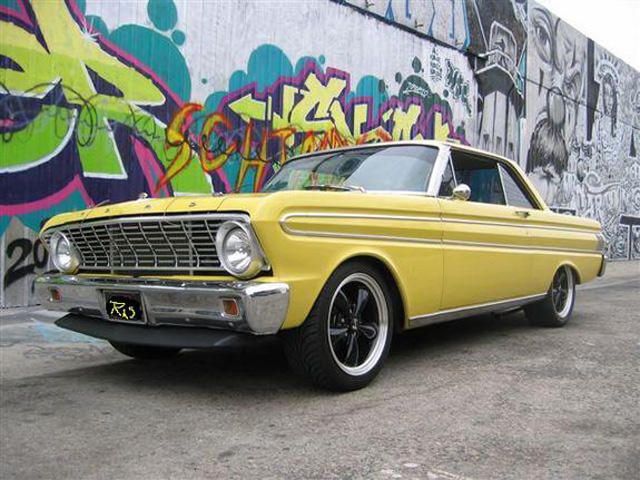
With Ford having recently launched the all-new Fiesta, Focus, and now Fusion, we thought it would be interesting to take a look back at another model the automaker had immense success with. The Falcon, first introduced in 1960, was considered a fairly small car by the era's standards. Powered by a standard 85hp inline-six mated to a two-speed automatic, buyers had a variety of body styles to choose from, such as two- and four-door sedans, three- and five-door station wagons, and a two-door convertible and coupe.
The Falcon is often considered to be the pet project of future US Defense Secretary Robert McNamara, part of the "Whiz Kids" group of former Army Air Force officers who served in the statistical control operations during World War II and were later recruited to Ford. By refocusing Ford's focus on pure numbers based on consumer data, McNamara helped conceive of a small, simple, and inexpensive-to-produce alternative to larger and more expensive vehicles. More importantly, however, the Falcon was one of the first cars to feature a number of safety features that were mostly only available on more expensive cars.
These included the seat belt and a dished steering wheel that helped to prevent drivers from being impaled on the steering column after a serious collision. These two features helped save countless lives. The second generation Falcon was introduced in '64 featuring a squared-off and updated exterior design. Only now, Ford was trying to court the younger generation with a more fashionable look. And as most of us know (or should), this generation was the basis for the '64 1/2 Mustang. Also in '64, Ford spiced things up a bit with the Sprint Package that included a stiffer suspension, a louder exhaust, and most importantly, a 4.3-liter 260 cu in Windsor V8.
Later that year, Ford offered an even more powerful engine option, the 4.7-liter 289 Windsor V8. The final generation premiered in 1966. Based on a shortened version of the Fairlane, the two-door hardtop and convertible were discontinued. Even though the '66 Falcon took part in the Trans-Am racing series, it was discontinued in 1970 due to declining sales and, ironically, its inability to meet upcoming safety standards. The 1964 Falcon featured here has had a number of updates that include chrome exhaust tips, GT hood pins, a Boss spoiler, halogen lamps, and 17-inch Mustang black bullets.
Along with a new suspension that lowered the car by a quarter of an inch, the owner also plans on giving it a fresh coat of exterior paint in the near future. An interior refresh that will include new carpet, window and door seals is also on the agenda. But perhaps the most significant upgrade was the new 5.0-liter V8 that replaced the original 260 V8. Overall, this Falcon is testament to the high-quality standards in which it was built. Even its original engine was still running when it was replaced. The exterior chrome trim also looks fantastic, giving the car a more profound presence.
And now that Ford is once again putting powerful engines in smaller models, the Ford Falcon will always be remembered as an early innovator of safety and cheap speed. Photos courtesy of lethiopian

